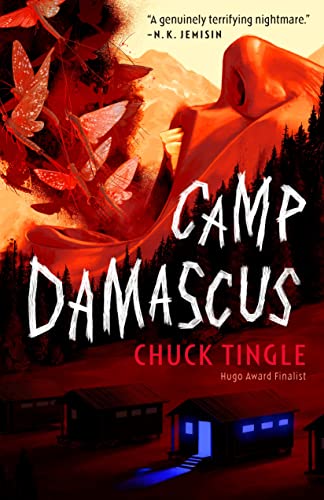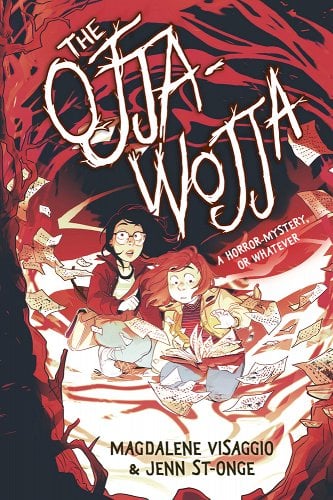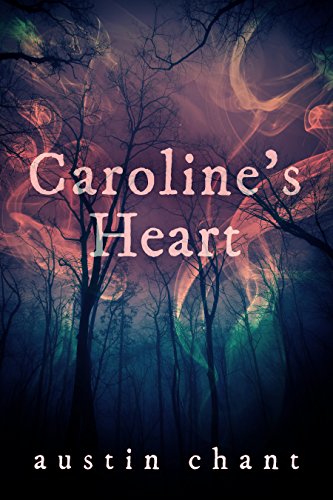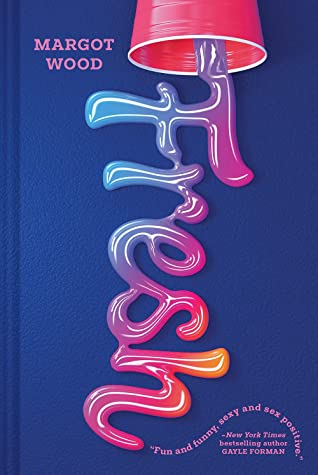“I was a cog in a terrible machine for years, and now I’m honored to be the monkey wrench dismantling it.” Rose grew up in the extremely religious town of Neverton, Montana, where the biggest industry is a gay conversion camp that boasts a 100% effectiveness rate. She’s just about to graduate high school, andRead More
A Lavender Haze Love Story: Late Bloomer by Mazey Eddings
Buy this from Bookshop.org to support local bookstores and the Lesbrary! “I wish I could say it gets better, but it only gets worse.” “Nothing says love like Taylor Swift.” There is a lot to like about Late Bloomer by Mazey Eddings, but these two lines are what made the book stand out for me. In context,Read More
The Joy of Neurodivergent Romance: Late Bloomer by Mazey Eddings
Buy this from Bookshop.org to support local bookstores and the Lesbrary! If reading Here We Go Again by Alison Cochrun and Late Bloomer this year has taught me anything, it’s that I have a type in romance novels: two neurodivergent sapphics in love. When Opal wins the lottery, she’s overwhelmed by everyone in her lifeRead More
Two Takes On Intersectional #MeToo YA Lit: What Works and What Doesn’t
Trigger warnings (apply to both books): sexual assault, grooming, minor instances of racism (mostly microaggressions) Trigger warnings (Missing Clarissa): kidnapping, gun violence Trigger warnings (For Girls Who Walk Through Fire): ableism, supernatural violence This past month, I read two books that struck me as remarkably similar. Both were multiple perspective YA books that dealt withRead More
When Your Hyperfixation is Sapphic Books: A Shortlist of Sapphic Autistic Narratives
I recently read a report from the University of Cambridge about how autistic people are more likely to be queer than allistic people, with specifically autistic female-identifying people being three times as likely to identify as some form of queer. If you are interested in reading more about this, you can read the abstract. ThisRead More
Kelleen Reviews Three Novellas to Marathon This Summer
Caroline’s Heart by Austin Chant I read Caroline’s Heart by Austin Chant for the first time this month and it blew my mind. It’s a queer trans historical western fantasy novella and it’s just so GOOD. I don’t read a lot of fantasy and I don’t read a lot of westerns, but I love aRead More
Danika reviews Fresh by Margot Wood
Amazon Affiliate Link | Bookshop.org Affiliate Link I picked up Fresh when I was in a bit of a reading slump, and in the first few pages, I wasn’t sure what to think of it. It definitely has a distinct voice. It’s a first person point of view, and it sure sounds like a collegeRead More




